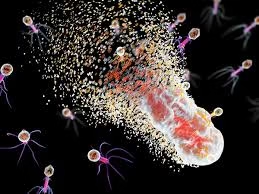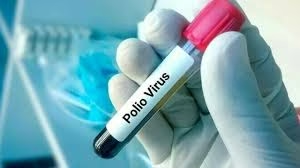The World Health Organization (WHO) has raised alarm over a critical shortage of new tests and treatments to combat drug-resistant bacteria, warning that the pipeline of antibiotics and diagnostics is too weak to address the growing global health threat.
Antimicrobial resistance (AMR) — the ability of bacteria, viruses, and parasites to resist treatment — is already linked to over one million deaths annually, with the heaviest burden falling on low- and middle-income countries. The WHO said misuse and overuse of antimicrobials in humans, animals, and agriculture remain the biggest drivers of resistance.
“Antimicrobial resistance is escalating, but the pipeline of new treatments and diagnostics is insufficient to tackle the spread of drug-resistant bacterial infections,” said Yukiko Nakatani, WHO assistant director-general. “Without greater investment in research and development, drug-resistant infections will continue to spread.”
Shrinking and Stalled Pipeline
The WHO began tracking antibacterial development in 2017. Since then, 17 new antibacterial agents have gained market authorization. But the number of antibacterials in human clinical trials has now fallen to 90, down from 97 in 2023. Of these, only 15 qualify as innovative.
In the preclinical pipeline, about 232 projects are underway, but 90% are led by small companies with fewer than 50 employees, raising concerns about financial sustainability.
The agency also highlighted critical gaps in child-friendly formulations and oral treatments for outpatients, which are vital for expanding access in resource-limited regions.
Call for Innovation and Funding
The WHO urged companies to share antibacterial activity data to boost collaboration and attract investors. It also called for new funding models to support small and medium-sized enterprises driving much of today’s antibacterial and diagnostic innovation.
Without urgent action, the agency warned, the world risks losing effective treatments for common infections — fueling what it called a “dual crisis of scarcity and lack of innovation.”


